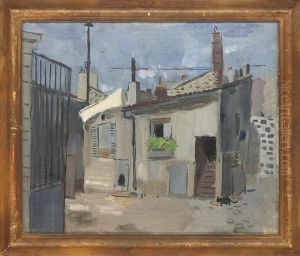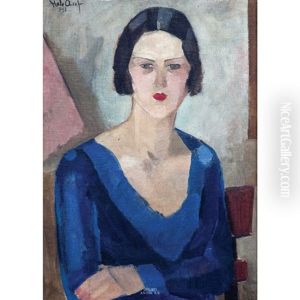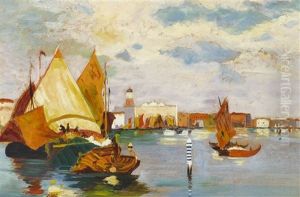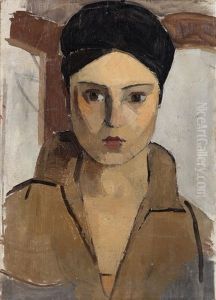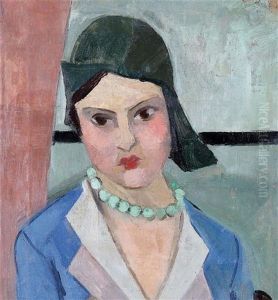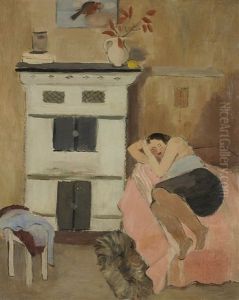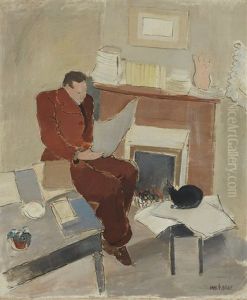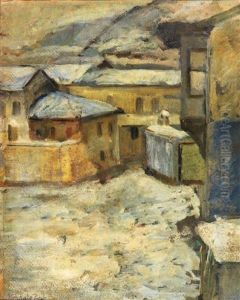Hale Asaf Paintings
Hale Asaf was a notable Turkish painter, born in 1905 in Istanbul, then part of the Ottoman Empire. Despite her relatively short life, Asaf left a significant mark on the Turkish art scene of the early 20th century. Her work is characterized by its exploration of personal and societal themes through a modernist lens, making her one of the pioneering figures in the modern art movement in Turkey.
Hale Asaf's journey into the arts began at a young age, influenced by her cosmopolitan upbringing in Istanbul, a cultural and artistic hub. She furthered her education in Paris, France, where she was exposed to various avant-garde art movements, including Expressionism, Cubism, and Fauvism. These experiences abroad played a crucial role in shaping her artistic vision, which she carried with her upon returning to Turkey.
In the late 1920s and 1930s, Asaf became actively involved in the burgeoning Turkish art scene. Her work from this period reflects a blend of Western artistic techniques and themes relevant to the societal changes happening in Turkey as the country underwent a period of rapid modernization and Westernization under Mustafa Kemal Atatürk. Asaf's paintings often depicted the role of women in this new society, making her work not only artistically significant but also socially poignant.
Unfortunately, Hale Asaf's career was cut short when she passed away in 1938 at the young age of 33. Despite her brief career, her contributions to Turkish art have not been forgotten. Asaf's work is celebrated for its innovative approach and its critical role in the development of modernist art in Turkey. Her legacy continues to inspire new generations of artists, ensuring her place as a key figure in the history of Turkish art.
